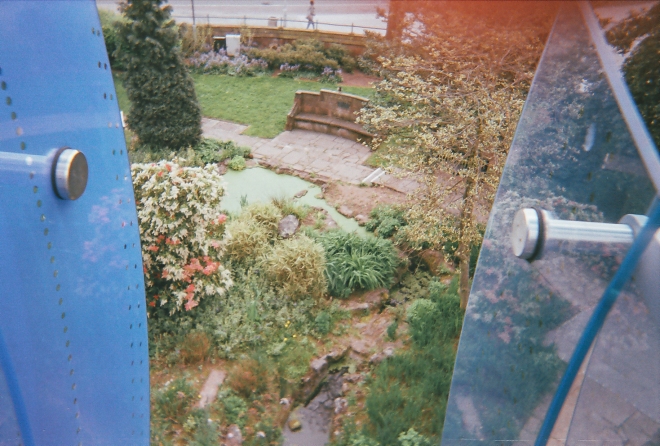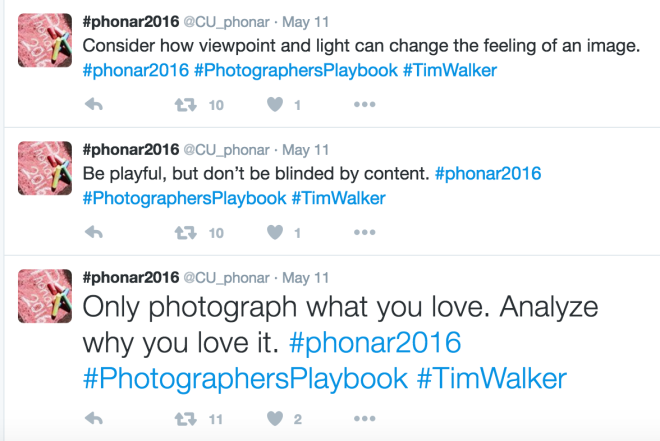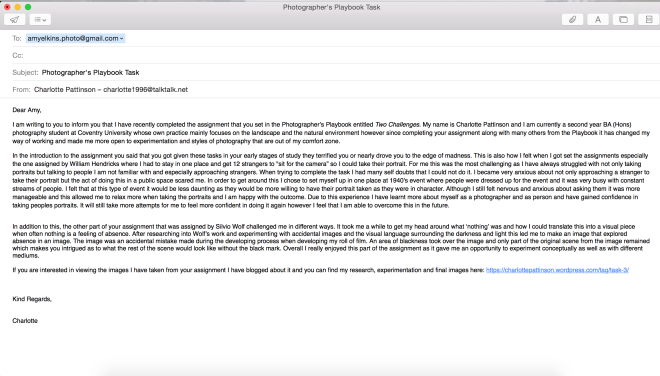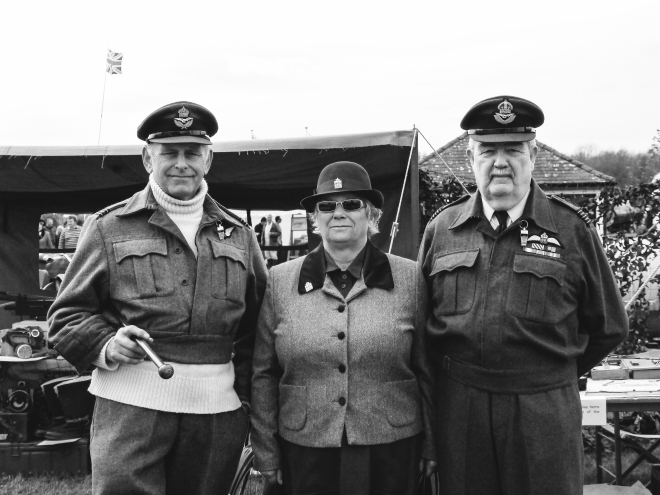In order to complete steps 2 and 3 for this task I needed to gain a greater understanding of Massimo Vitali’s work and as him as an artist. In turn this will also influence how I take the images in the assignment he set.
Massimo Vitali is an Italian photographer that was born in 1944 in Italy. In the 1960’s he traveled to London to study photography at the London College of Printing. His work is held in the collections of the Solomon R. Guggenheim Museum in New York, the Centro de Arte Reina Sofia in Madrid, the Stedelijk Museum in Amsterdam, and the Centre Pompidou in Paris, among other institutions.
He is best known for his large-scale colour images of beaches and mass leisure events that are taken from a high viewpoint often on a large format camera. Vitali has worked as a photojournalist, fine arts photographer as well as a cinematographer and these practices are visible in his work. Early into his career he developed a mistrust towards documentary photography as it did not represent the complexities of reality and as a result this drew him away from photojournalist and towards a more conceptual way of working. Just like Martin Parr, Vitali is a chronicler of contemporary life. His panoramic views show people interacting with their environments and one another, shot at a distance that lends a hint of voyeurism and detachment. In his ‘Beach Series’ (1995-) he began to photograph people on Italian beaches from a high viewpoint to make a commentary on the sinister elements such as the “commodified leisure […] and cosmetic fakery” which showed the behind the scenes of supposed normality. After his series on beaches he later expanded his scenes to include pools, ski resorts, discotheques, piazzas, and other tourist and leisure sites around the world. In his richly coloured, detailed works, Vitali achieves a balance between interpersonal narratives and the natural world.


In an interview Vitali explains that he would ‘like people to understand that there are different layers of significance’ to his images and that.‘99 per cent of the beach pictures that I see around, there is only one layer of significance’. He wants to leave more than a legacy simple based on aesthetics and one dimensional images, furthermore he goes on to say ‘I think I always had a problem that so many people – even the people that buy the pictures, even the collectors – don’t really go to the bottom of the story. And sometimes they spend quite a lot of money and they don’t really go to the core of what I’m really trying to say.’ He continues, ‘When somebody asks me where a picture was taken, for me it’s just a disaster. It’s defeat. Because the pictures are not about the place. They’re not about the colours. They’re not about beauty or prettiness. They’re about us, they’re about our society.’






































